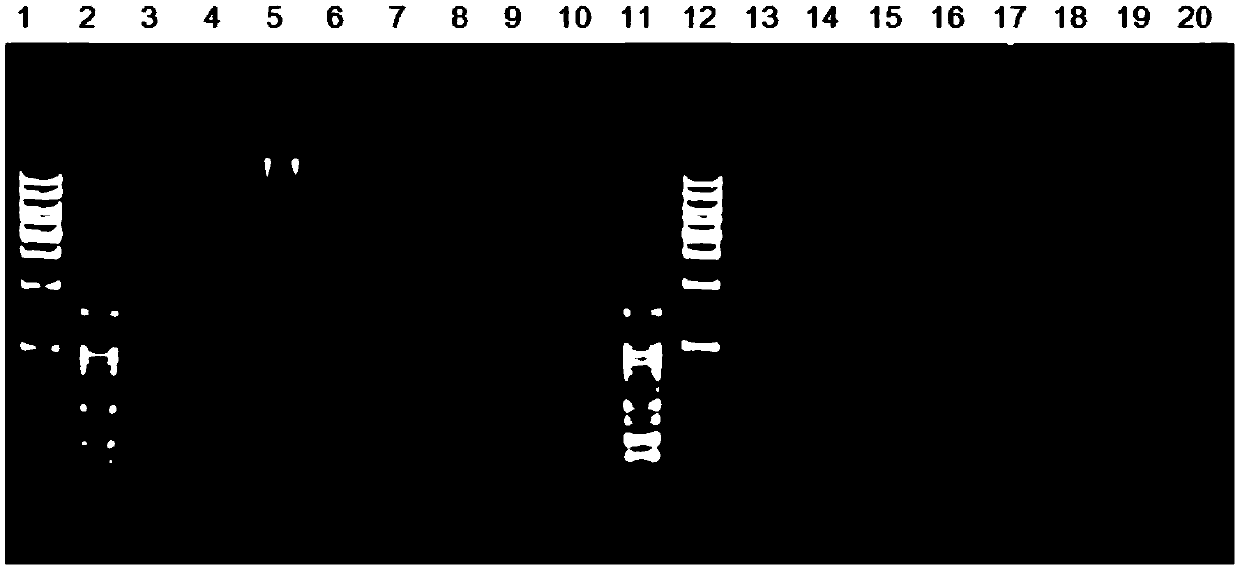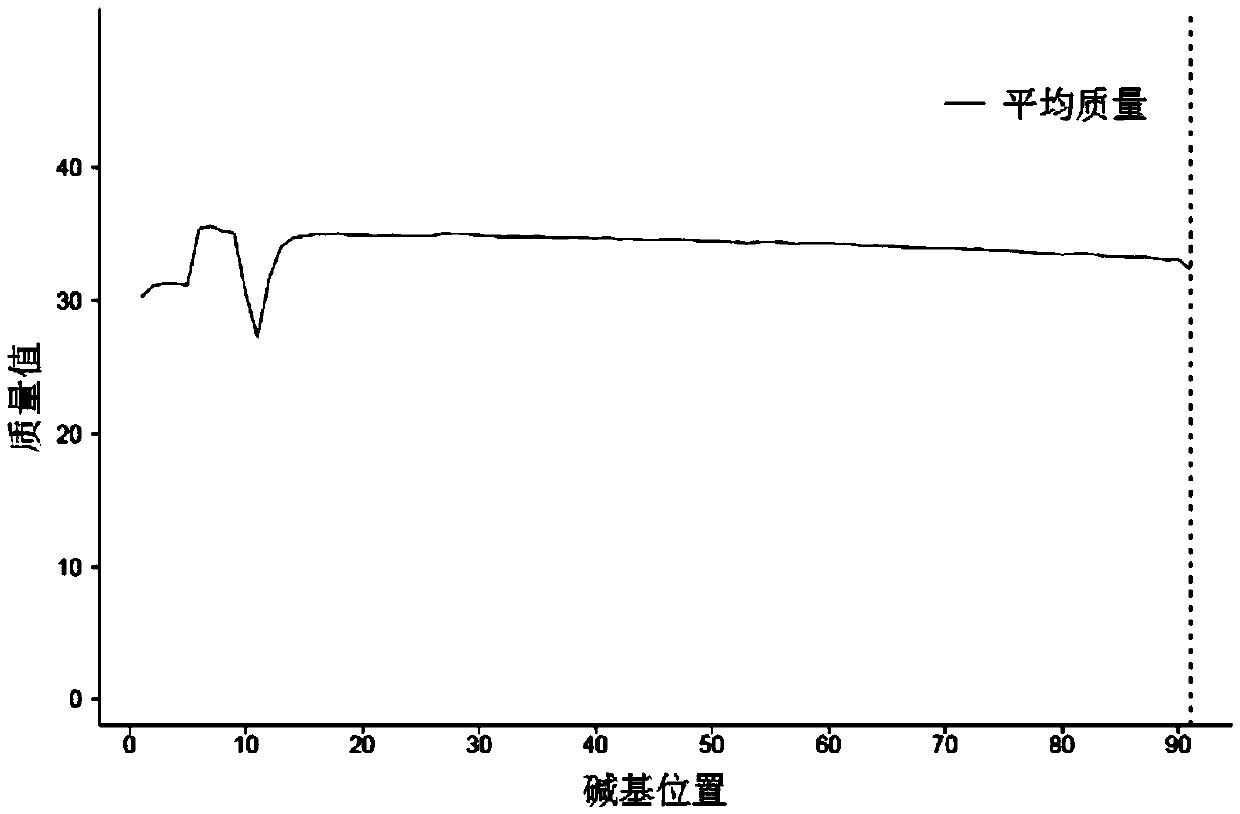Determining method for sequencing enzyme digestion combination in sequencing genotyping technology
A genotyping and genome technology, applied in the biological field, can solve problems that affect typing efficiency and cost, difficult to enrich SNP sites in enzyme-cut fragments, and reduce SNP mining density.
- Summary
- Abstract
- Description
- Claims
- Application Information
AI Technical Summary
Problems solved by technology
Method used
Image
Examples
Embodiment 1
[0099] Example 1 uses the bovine genome to illustrate the analysis method provided by the present invention.
[0100] 1. Prediction of the number of digested fragments
[0101] Write the perl script Site_predict.pl as follows, and the input files are the chromosome name and sequence of the bovine genome and the cleavage site sequence of the predicted enzyme. The running command is: perlSite_predict.pl. The genome sequence of cattle is downloaded from Ensembl, the version number is:
[0102]
[0103]
[0104] After obtaining the result of single restriction enzyme digestion, it is necessary to process the simulation results of restriction enzymes combined in pairs to obtain the simulation results of the simultaneous action of two enzymes. Taking EcoRI and MspI as examples, the commands are as follows:
[0105] less-Secor1.pos|awk'OFS="\t"{print$1,$2,"1"}'less-S>ecor
[0106] less-Smsp1.pos|awk'OFS="\t"{print$1,$2,"2"}'less-S>msp
[0107] catecormsp|sort-k1,1-k2,2n|less...
Embodiment 2
[0186] The inventor has carried out experiments on sheep, an important agricultural economic animal. The blood samples of three Dorper sheep were collected, and the experimental procedure was the same as in Example 1, and the enzyme digestion and SNP of the sheep genome were analyzed. The actual digestion results of each enzyme digestion combination are shown in Table 6.
[0187] Table 6
[0188] Sheep Digestion Combination
[0189] From the analysis of the above table, it can be seen that the number of SNPs obtained by the enzyme digestion combination of EcoRI-MspI is relatively moderate (this experiment is 3 individuals, and the number of SNPs for large-scale group experiments will increase), and the enzyme digestion will not be methylated Due to the influence of other modifications, the restriction fragments were evenly distributed, so the EcoRI-MspI restriction combination was selected as the restriction restriction combination used in the analysis of sheep SNP ...
PUM
 Login to View More
Login to View More Abstract
Description
Claims
Application Information
 Login to View More
Login to View More - R&D
- Intellectual Property
- Life Sciences
- Materials
- Tech Scout
- Unparalleled Data Quality
- Higher Quality Content
- 60% Fewer Hallucinations
Browse by: Latest US Patents, China's latest patents, Technical Efficacy Thesaurus, Application Domain, Technology Topic, Popular Technical Reports.
© 2025 PatSnap. All rights reserved.Legal|Privacy policy|Modern Slavery Act Transparency Statement|Sitemap|About US| Contact US: help@patsnap.com



